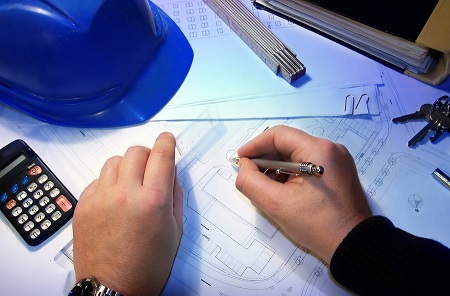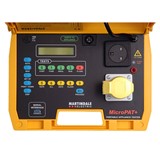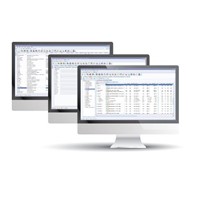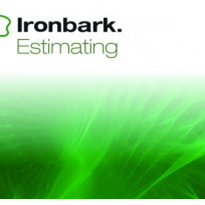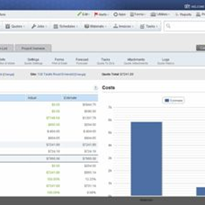This article is a how-to guide which presents a few simple calculations you can use to help ensure your fee estimate is both profitable and competitive.
There are many ways to estimate fees. You could use a 'gut feel' method that works if your projects are similar, or you could base your estimates on past project performance. However, in most cases you should also follow a fee estimation process. Here are some steps to follow.
First you need some metrics:
Building Fee (BF) – this is the building contract estimate (if known)
Contract Fee (CF) – You can calculate the Contract Fee by multiplying the Building Fee by the Contract Percentage (C%) you plan to charge for your services.
CF = BF * C%
Our experience is that Contract Percentage for Australian architects ranges between 6% and 11% with a mean of about 8%.
Now you need to calculate the individual Stage Fees, for instance for Development Application. To calculate the Stage Fee (SF), multiply the Contract Fee by a Stage Percentage (S%).
SF = CF * S%
Some stages may be "lump sum" and be excluded from the percentage breakdown. The total of the percentages need not always add up to 100%.
Now that you have calculated the Stage Fee, you have to decide whether the fee basis is Fixed Fee, Percentage-based or a Time and Materials.
For Fixed Fee, be clear what disbursements are included and excluded (eg travel / flights / number of prints) and it is a good idea to cap all variable disbursements. You can be generous, but this will limit your risk. Make clear the cost of additional disbursements. Try to exclude disbursements that you know are risky or that can be a good source of additional income.
For Percentage-based Fees, clearly set expectations that the client may be charged more (or get a credit note.) for completed stages if the Building Fee changes.
For Time and Materials, you may still need to provide an indicative amount and disclose hourly rates (often by role) and disbursements fees by type.
Now you need to estimate the number of hours for each stage. You can do this by looking at various factors:
Compare with recent similar projects:
- Hours for each resource, by role or named person;
- Hours for each deliverable such as drawing or CAD view;
- Hours for each activity such as QA task;
- Hours to reach each milestone.
For larger projects or high level estimates, days or weeks could be used instead of hours.
Next estimate Disbursements fees by type.
Now recalculate the Stage Fee by using the Hourly Charge Rate and Margin and compare the two estimates. You have probably already defined Charge Rates either by person or role but if unsure this will be the subject of the next article: "Deriving Staff Charge and Cost Rates".
Stage Fee 2 = (Hours * Charge Rate) + Disbursements + Margin
For Time Based stages, the Stage Fee calculated in step 3 is a verification guide and typically changed to equal Stage Fee 2 which may be communicated with the client as an indicative amount. If profit is built into the Charge Rate then Margin can be $0 (since the risk is low compared with Fixed Fees).
For Percentage-based, the Stage Fee 2 is the verification guide and the two should roughly match. A Margin can be applied for risks associated with items not related to the Building Fee increasing or it can be $0 if completely built into the Charge Rate.
For Fixed Fees, the Stage Fee 2 is again a verification guide. Since by fixing the fee you are taking the risk, a margin is typically added on for risk, contingency and profit in addition to that built into the Charge Rate. Margins seem to vary widely in Australia between 0% during the GFC to 200%, with 25% being typical in early 2011.
There are other ways to verify the estimates but never forget the "gut feel" check. Sit back and think about the project compared with all your past experience and current competition and ideally don't send before checking you can sleep on it.


